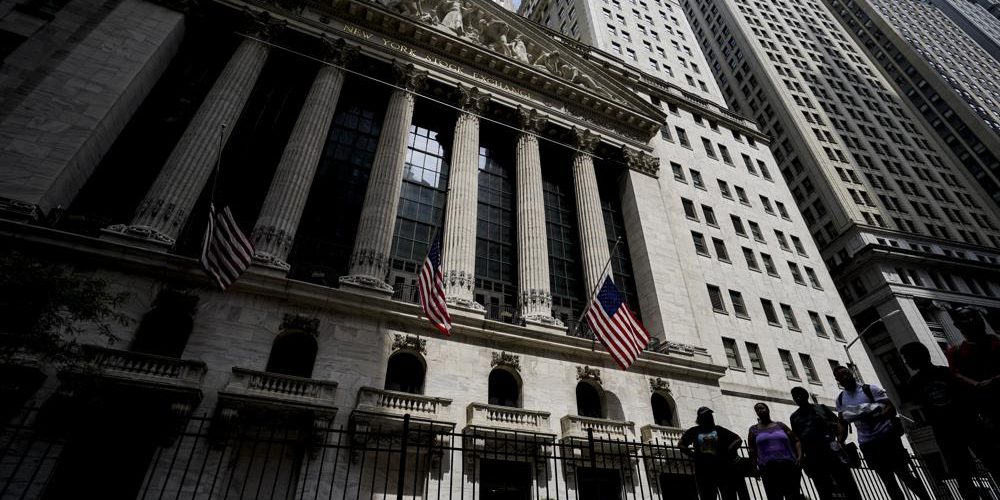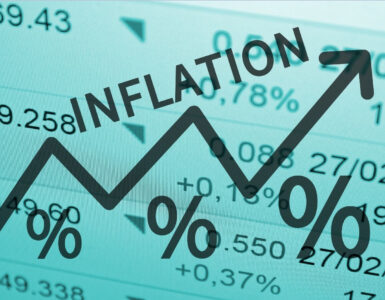Stocks are trading steady ahead of June inflation data that could indicate a peak for U.S. consumer price pressures heading into the summer months.
U.S. equity futures edged cautiously higher Wednesday, while the dollar traded firmer against its global peers and oil prices steadied, as investors braced for a key reading of June inflation prior to the start of trading.
Inflation prospects for the world’s biggest economy, where consumer prices are accelerating at the fastest pace in forty years, remain the flashpoint for both U.S. stocks as investors, analysts and economists attempt to gauge its impact on both GDP growth and central bank reactions.
Global stocks, as well, are pointedly tracking U.S. inflation data, as well as the Federal Reserve’s likely response, as the dollar trades near its highest levels in 20 years, adding further pressures on non-dollar economies as they purchase oil, gas and other commodities in overseas markets.
An expected headline reading of 8.8%, a new four-decade high, would likely cement the case for faster rate hikes heading into the autumn, while a retreat in core consumer prices, which have fallen for two consecutive months, could trigger a pullback.
On a monthly basis, headline CPI will likely rise by 1.1%. Core CPI, which strips out those volatile components, is expected to rise around 0.6% on the month, reflecting an easing in rents, airfares and used car prices.
An easing of the core, however, as well as bets that year-over-year comparisons for headline inflation will get easier over the coming months, could mean inflation pressures have peaked just at the right time: debate remain as to whether the U.S. economy has slipped into recession, given the strength of the labor market, and a slowdown in inflation prospects could compel the Fed to pause its rate hike cycle later in the autumn.
The inflation reading, set for 8:30 am Eastern time, will also tee-up the unofficial start of the second quarter earnings season, with June quarter updates from JPMorgan JPM, Citigroup C and Wells Fargo WFC expected before the end of the week.
Collective S&P 500 earnings are forecast to rise by 5.8% from last year over the second quarter, to a share-weighted $465.3 billion, with energy and industrials pacing the anticipated gains.
The bond market’s recession warning, however, continues to flash red, with the steepest inversion of the yield curve since 2007 and the weakest demand for a 10-year note auction in more than two years during yesterday’s $33 billion sale.
Benchmark 2-year Treasury note yields are trading at 3.053% while 10-year notes are pegged at 2.952%. The dollar index, which tracks the greenback against a basket of its global peers, was marked 0.13% lower at 107.932.
Europe’s Stoxx 600, the region-wide benchmark, was marked 0.74% lower by mid-day trading in Frankfurt while Asia’s MSCI ex-Japan index fell 0.47%.
On Wall Street, futures tied to the S&P 500 are indicating an 8 point opening bell gain while those liked to the Dow Jones Industrial Average are priced for a 63 point move to the upside. Futures linked to the tech-focused Nasdaq are indicating a 40 point advance.
Twitter (TWTR) – shares moved higher in pre-market trading after it sued billionaire Tesla (TSLA) – CEO Elon Musk in a Delaware court for failing to complete his $44 billion takeover of the social media group.
“Musk apparently believes that he — unlike every other party subject to Delaware contract law — is free to change his mind, trash the company, disrupt its operations, destroy stockholder value, and walk away,” the Twitter suit read.
“For Musk, it would seem, Twitter, the interests of its stockholders, the transaction Musk agreed to, and the court process to enforce it all constitute an elaborate joke.”
Delta Air Lines (DAL) – fell 1.9% after it posted softer-than-expected second quarter earnings as fuel, staff overtime and customer re-booking costs ate into the carrier’s bottom line.
In other markets, global oil prices steadied in overnight trading, following yesterday’s slump to a three-month low, while domestic gas prices extended their longest streak of declines since the pandemic.
Data from the AAA motor club indicates that U.S. gas prices eased to a national average of around $4.631 per gallon Wednesday, down more than 2 cents from Tuesday and the lowest in more than a month. Prices have now fallen for around 27 consecutive days, the longest streak of declines since 2020, and are well of the June all-time high of $5.107 per gallon – but are still some 47.2% higher than the same period last year.
Source: The Street










